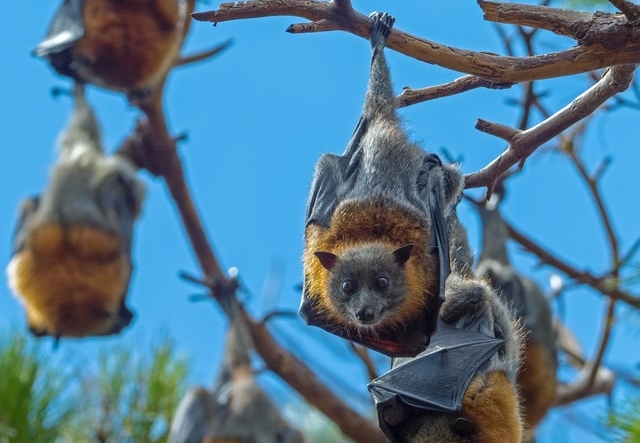animals
Cute kangaroo spotted in North Hungary – VIDEO

21 thousand Hungarians want to protect sharks hunted for their fins

Budapest police give chase to kangaroo – PHOTOS, VIDEO

10 fun summer programmes for kids in Budapest

Another bear sighting in Hungary!

Hungary’s food safety authority eases bird flu restrictions in three counties

VIDEO: Hungarian dog dancer conquered America’s got talent!

A royal python has disappeared in Budapest!

Killer crows terrorizing Budapest residents – VIDEO

Shocking: wild boars and piglets shot dead in broad daylight in Buda

Warning: bear alert near Budapest!

Police busted gang making children watch brutal dogfights – PHOTOS

Beware: These serious diseases can be spread by ticks in Hungary

If you see this insect in Hungary, DON’T swat it! Here’s why

Ebola-related virus discovered in bats in Hungary!

Culling of 10,000 geese due to bird flu infections in Hungary
Bird flu detected in Hungary again!

All fish murdered with poison in the lakes of Budapest’s City Park, Margaret Island!






